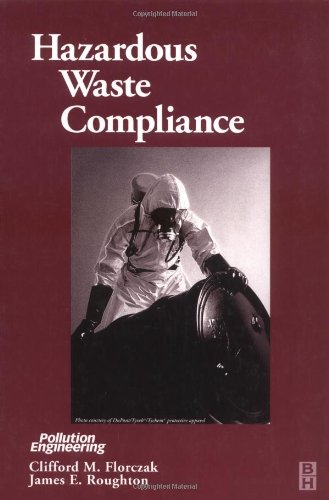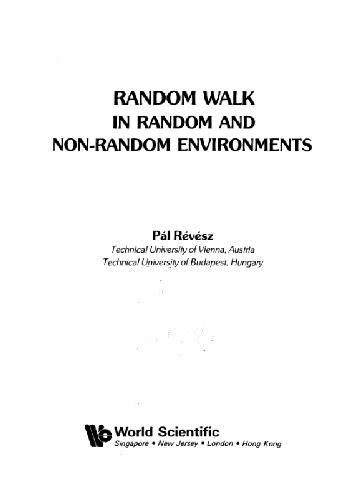Table of contents :
Objectives……Page 83
Review of Design Variables……Page 84
Typical Ranges of Design Parameters……Page 87
Estimating Collection Efficiency and Collection Area……Page 88
The exhaust rate of the gas being processed is given as 1,000,000 ft3/min. The inlet dust concent………Page 89
Figure 4-4 represents two cost curves (the two in the middle) along with their respective equatio………Page 90
The weighted wire design uses narrower plate spacings and more internal discharge electrodes. Thi………Page 91
Few, if any, hot-side ESPs (those used upstream from an air preheater on a combustion source) are………Page 92
In some installations, it may be cost-effective to gut the existing collector totally, utilize on………Page 93
Costs of standard and other options can vary from 0% to more than 150% of ESP base cost, dependin………Page 94
Note that the factors given in Table 4-6 are for average installation conditions, and for example………Page 95
Example……Page 96
Purchased equipment cost (PEC) = $732,800……Page 97
Summary……Page 98
Review Exercise……Page 99
Review Exercise Answers……Page 101
A =……Page 102
White, H. J. 1977. Electrostatic precipitation of fly ash. APCA Reprint Series. Journal of Air Po………Page 103
Particulate Matter Control System……Page 105
Dry Sulfur Dioxide (SO2) Control System……Page 106
Steel Mills……Page 108
Municipal Waste Incinerators……Page 109
Hazardous Waste Incinerators……Page 110
Lead, Zinc, and Copper Smelters……Page 111
Summary……Page 112
Suggested Reading……Page 114
8. True or False? ESPs are used in petroleum refineries to control particulate emissions from the………Page 115
10. True or False? Both wet and dry ESPs are used in the pulp and paper industries to remove grea………Page 116
9. d. All of the above When a spray dryer absorber is used with an ESP to control acid gas and pa………Page 117
10. True Both wet and dry ESPs are used in the pulp and paper industries to remove greater than 9………Page 118
Bibliography……Page 119
Introduction……Page 121
ESP Installation……Page 122
ESP Startup and Shutdown……Page 124
Startup of an electrostatic precipitator is generally a routine operation. It involves heating a ………Page 125
When an industrial process is shut down temporarily, the ESP system should be de-energized to sav………Page 126
Voltage and current values for each T-R set should be recorded; they indicate ESP performance mor………Page 127
Most of the opacity monitors being installed today are double-pass monitors; that is, the light b………Page 128
Monitoring the temperature of the gas stream can provide useful information concerning ESP perfor………Page 129
Another important parameter is gas flow distribution through the ESP. Ideally, the gas flow shoul………Page 130
Evaluating Air-Load/Gas-Load Voltage-Current (V-I) Curves……Page 131
When the air-load tests have been completed for each field, plot each field’s voltage/current cur………Page 132
The curves generated under gas-load conditions will be similar to air-load curves. Gas- load curv………Page 133
Routine Maintenance and Recordkeeping……Page 134
Problem Evaluation……Page 135
High Resistivity……Page 136
Low Resistivity……Page 137
Typical High, Normal and Low Resistivity Curves……Page 138
Sticky particulates can also become a problem when the flue gas temperature falls below the dew p………Page 141
Some ESPs operate for 10 to 15 years without experiencing a single wire breakage. Whereas others ………Page 142
Design faults and the failure to maintain alignment generally contribute to mechanical erosion (o………Page 143
Perhaps no other problem (except fire or explosion) has the potential for degrading ESP performan………Page 144
In most pyramid-shaped hoppers, the rate of buildup lessens as the hopper is filled due to the ge………Page 145
When heavy loadings of fine particles enter the ESP, two significant electrical effects can occur………Page 146
Table 6-5 summarizes the problems associated with electrostatic precipitators, along with correct………Page 147
Safety……Page 151
Suggested Reading……Page 152
Review Exercise……Page 153
Review Exercise Answers……Page 157
Bibliography……Page 161
ePA-AIR POLLUTION-LESSON
Free Download
Direct Download: Coming soon..
Download link:
Category: Biology , EcologySign in to view hidden content.
Be the first to review “ePA-AIR POLLUTION-LESSON” Cancel reply
You must be logged in to post a review.







Reviews
There are no reviews yet.